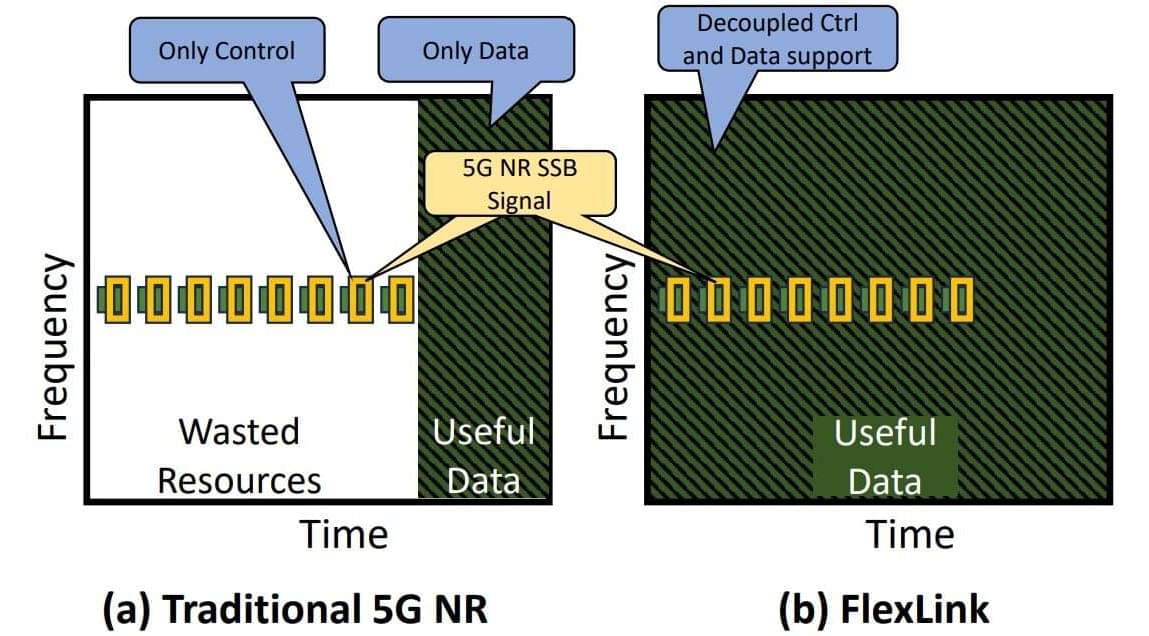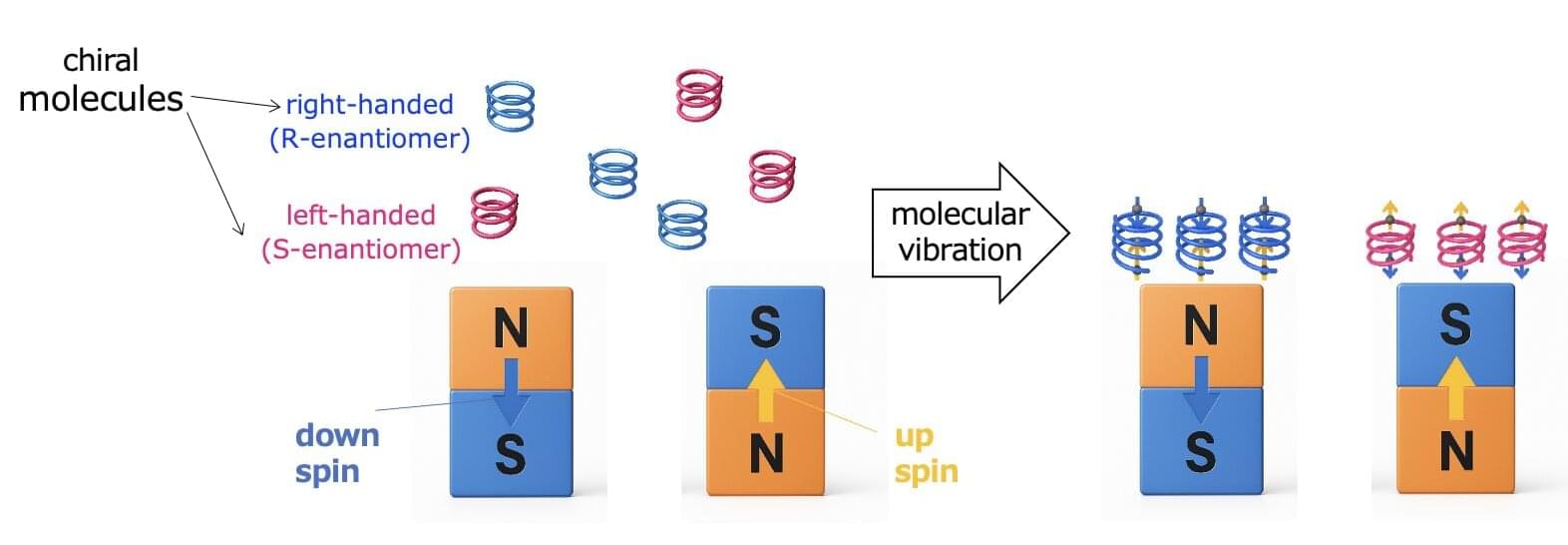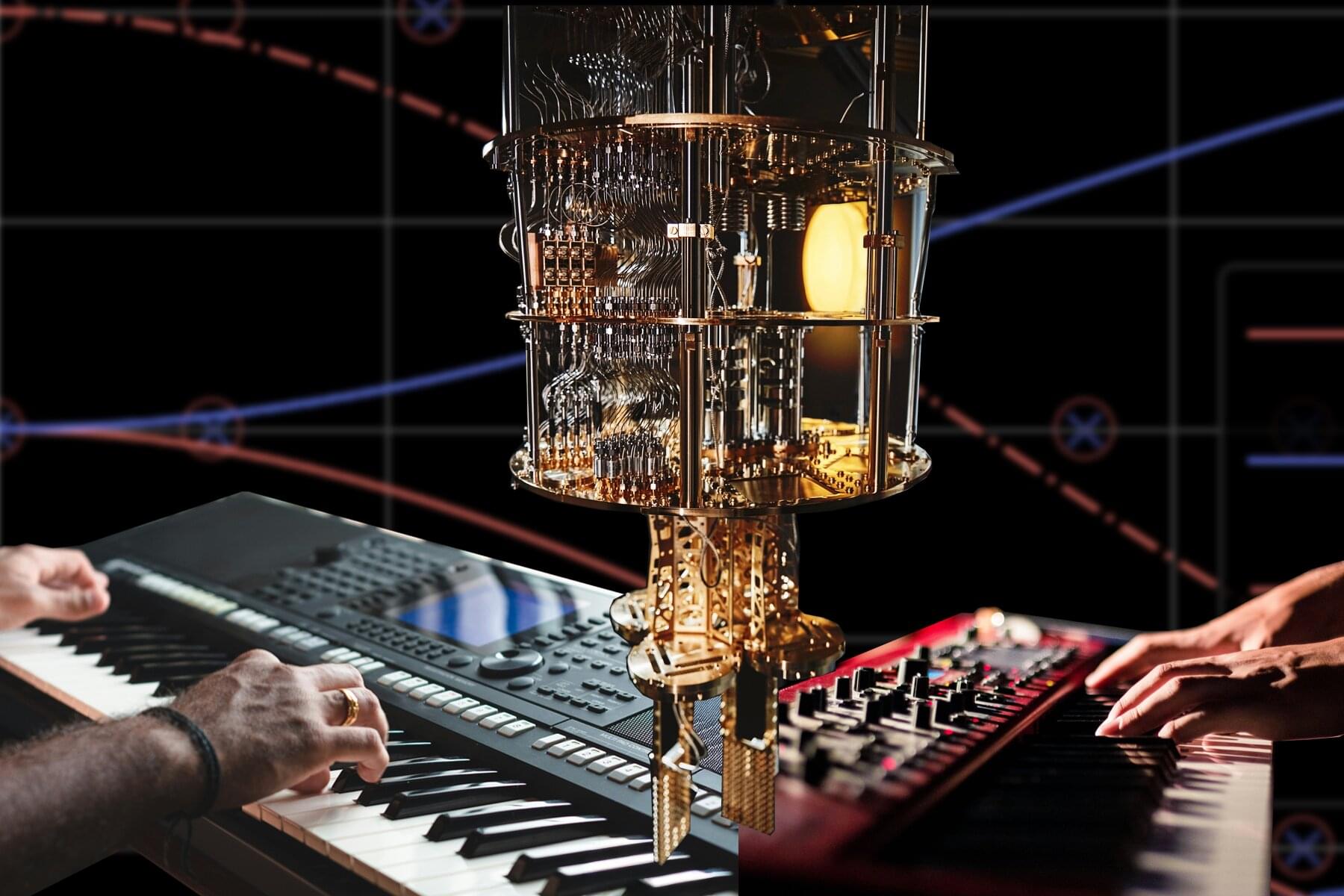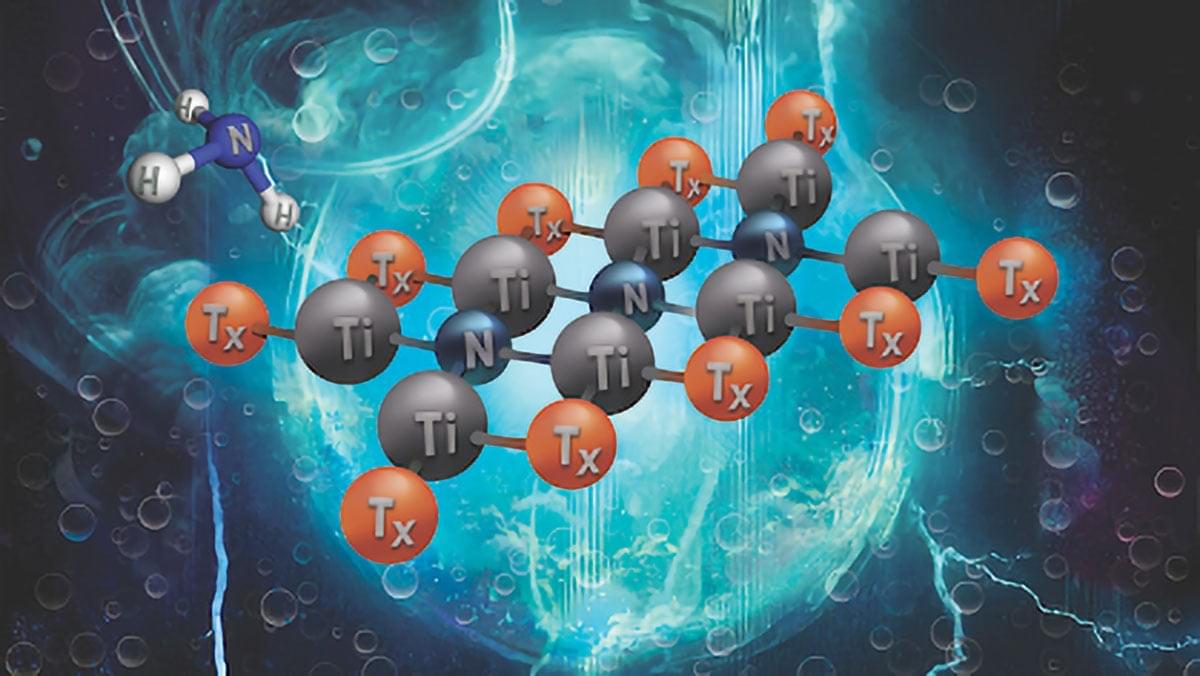Motor neuron diseases, such as amyotrophic lateral sclerosis (ALS) and hereditary spastic paraplegia (HSP), share physical similarities but have been largely viewed as genetically distinct. However, an analysis led by investigators from St. Jude Children’s Research Hospital and the University of Miami Miller School of Medicine discovered that there are previously unknown ultrarare gene variants (genetic changes found in extremely few individuals) linked to the diseases, and significant overlap of contributing genes between the diseases among patients without family histories of a motor neuron disease.
This new appreciation of the shared genetic origins of different motor neuron diseases is critical to deciphering the origins of these disorders and ultimately developing meaningful therapeutics. The findings are published in Translational Neurodegeneration.
While both ALS and HSP cause progressive motor dysfunction, the two disorders also have distinct characteristics. Weakness in ALS may begin in the arms, legs, head or neck. HSP, by contrast, begins in the legs. The causative, or “canonical” genes for these diseases are also largely distinct.








